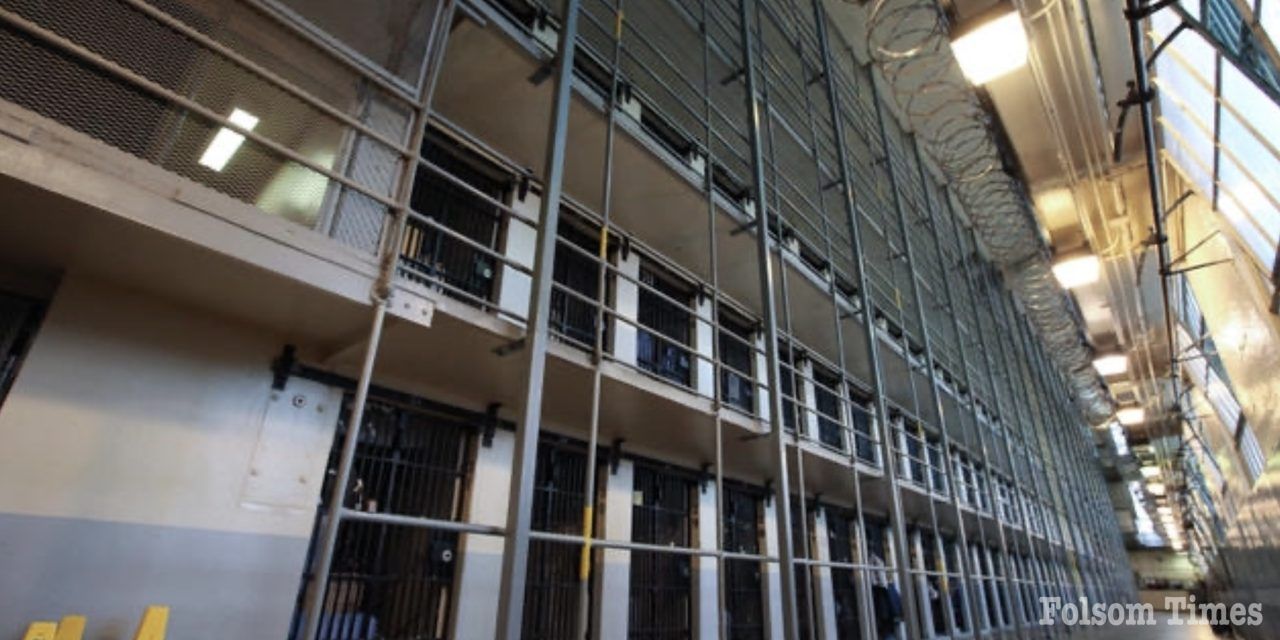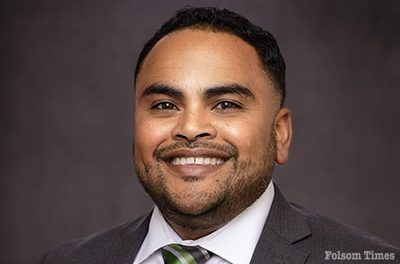California State Prison, Sacramento (SAC) officials are investigating the Aug. 23, death of Darryl W. Hudson as a homicide after he was injured in a physical altercation the previous day.
At approximately 2:55 p.m. on Aug. 22, Hudson and five other incarcerated persons, Darryn W. Mayberry, Robert M. Keller, Tray Watson, Marcell L. Battiest and Otis Wyatt, allegedly began fighting in a dayroom, with Mayberry allegedly striking Hudson several times, causing him to lose consciousness.
Staff quickly stopped the incident with verbal orders and immediately summoned emergency services. Hudson was transported by ambulance to an outside medical facility. He succumbed to his injuries and was pronounced deceased at 6:11 p.m. on Aug. 23. No staff or additional incarcerated individuals were injured.
Officials have limited movement on the yard where the fight occurred. Mayberry, Keller, Watson, Battiest and Wyatt have been placed in restricted housing pending an investigation by SAC Investigative Services Unit and the Sacramento County District Attorney’s Office. The Office of the Inspector General was notified, and the Sacramento County Coroner will determine Hudson’s official cause of death.
Hudson, 40, was received from Contra Costa County on Dec. 24, 2009, sentenced to life without the possibility of parole for first-degree murder and first-degree robbery, with enhancements for using a firearm, and for assault with a firearm. On May 13, 2021, he was sentenced by Kern County to seven years for an in-prison offense of battery on a non-prisoner as a second striker with an enhancement for inflicting great bodily injury.
Mayberry, 30, was most recently received from Fresno County on Sept. 11, 2018, sentenced to 10 years for second-degree robbery as a second striker with enhancements for having been convicted of prior felonies.
Keller, 38, was received from Los Angeles County on June 21, 2007, sentenced to life with the possibility of parole for first-degree murder and attempted first-degree murder, with enhancements for intentional discharge of a firearm causing great bodily injury or death. He was sentenced by Kings County for in-prison offenses including 12 years for conspiracy to sell a controlled substance to any person in custody, a second-strike offense, on Nov, 6, 2012; one year, four months for assault by an incarcerated person
FOR MORE STORIES
Visit InsideCDCR
with a deadly weapon or force likely to cause great bodily injury on Oct. 12, 2016; and two years for possession of a controlled substance and two years for battery on a non- incarcerated person, second-strike offenses, on June 2, 2022.
Watson, 58, was most recently received from Kern County on June 18, 2004, sentenced to 18 years for assault with a firearm, with enhancements for use of a firearm and inflicting great bodily injury. He was sentenced by Monterey County for two in-prison offenses of possession or manufacture of a deadly weapon by an incarcerated person, second-strike offenses, on Oct. 6, 2010, to six years, and on March 23, 2016, to two years.
Battiest, 29, was most recently received from Sonoma County on Feb. 16, 2024, sentenced to life with the possibility of parole for attempted second-degree murder and second-degree robbery, with enhancements for intentional discharge of a firearm causing great bodily injury or death, use of a firearm and inflicting great bodily injury or death, and for possessing or owning a firearm as a felon or addict.
Wyatt, 27, was received from Alameda County on Jan. 12, 2024, sentenced to life with the possibility of parole for second-degree murder with an enhancement for use of a firearm. He was also sentenced to 21 years for voluntary manslaughter with an enhancement of use of a firearm, to be served concurrent to the above sentence.
Activated in 1986, CSP-SAC is a high-security prison in Folsom that houses about 1,990 incarcerated people and employs about 1,700 staff. The institution houses those serving long-term sentences, those requiring specialized mental health programming, and incarcerated people with high-risk medical concerns. The institution also provides work, career technical education, academic, self-help, art, religious and other rehabilitative programs.




